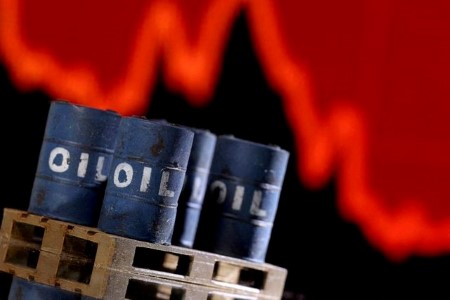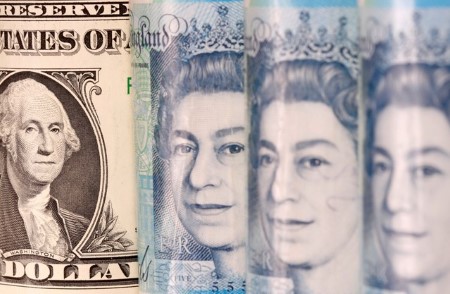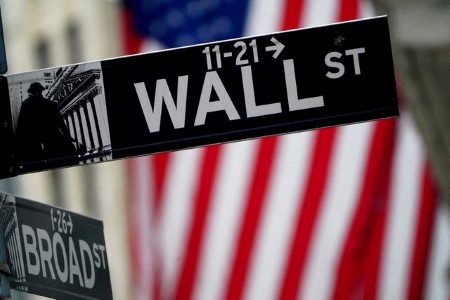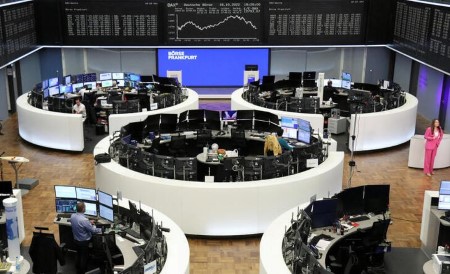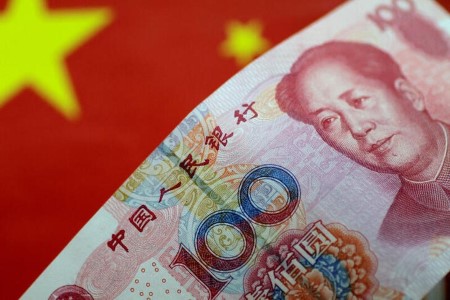LONDON, Oct 26 (Reuters) – Oil prices were broadly stable on Wednesday, moving in and out of negative territory after industry data showed U.S. crude stockpiles rose more than expected, though supply concerns and a weaker dollar gave support.
Brent crude futures for December were down 4 cents, or 0.04%, to USD 93.48 a barrel by 0849 GMT. US West Texas Intermediate (WTI) crude futures for December were up 25 cents, or 0.3%, to USD 85.57 a barrel.
A weaker US dollar sent a bullish signal, making oil cheaper for holders of other currencies.
But US. crude inventories rose by about 4.5 million barrels in the week ended Oct. 21, according to market sources citing figures from the American Petroleum Institute, an industry group, above expectations from five analysts polled by Reuters.
Official US stockpile data from the government’s Energy Information Administration is due at 1430 GMT.
Rising stockpiles reinforce fears of a global recession that would further cut demand, weakness in which has also been apparent in softer Chinese crude import data.
But ongoing supply constraints, highlighted by the International Energy Agency’s head warning of the “first truly global energy crisis”, gave prices a floor.
“OPEC production cuts effective November and the new EU sanctions on Russian oil to be enforced from December should be positive (for prices),” Stephen Innes, managing partner at SPI Asset Management, told Reuters.
With respect to the wide WTI-Brent spread in recent sessions, Innes added that WTI buyers are watching for any more interventions by President Joe Biden ahead of the US mid-term elections on Nov. 8.
Biden announced a plan last week to sell off the rest of a record release from the nation’s emergency oil reserve by year-end as he tries to dampen high gasoline prices.
Meanwhile Biden, facing criticism over high inflation, has warned that Saudi Arabia would face consequences for aligning with Russia and agreeing to reduce crude supply.
(Additional reporting by Sonali Paul in Melbourne and Jeslyn Lerh in Singapore; Editing by Jan Harvey)







 DOWNLOAD
DOWNLOAD





